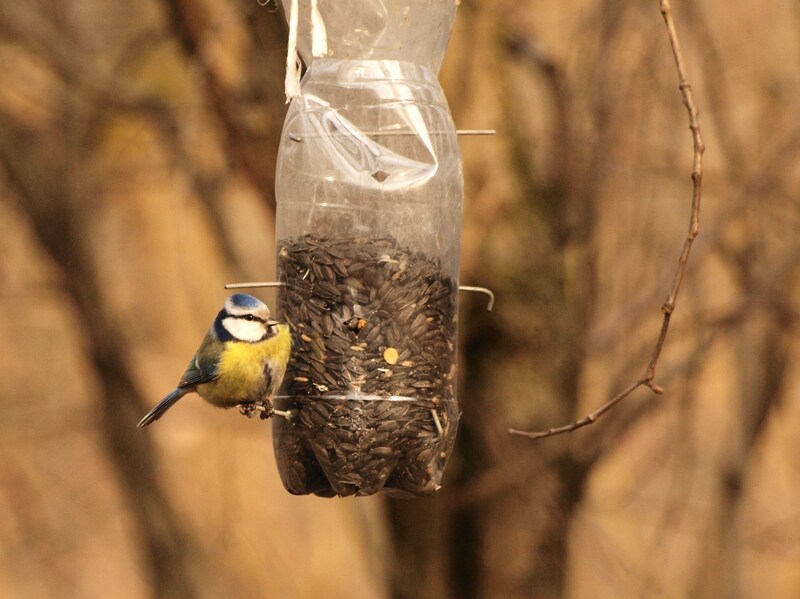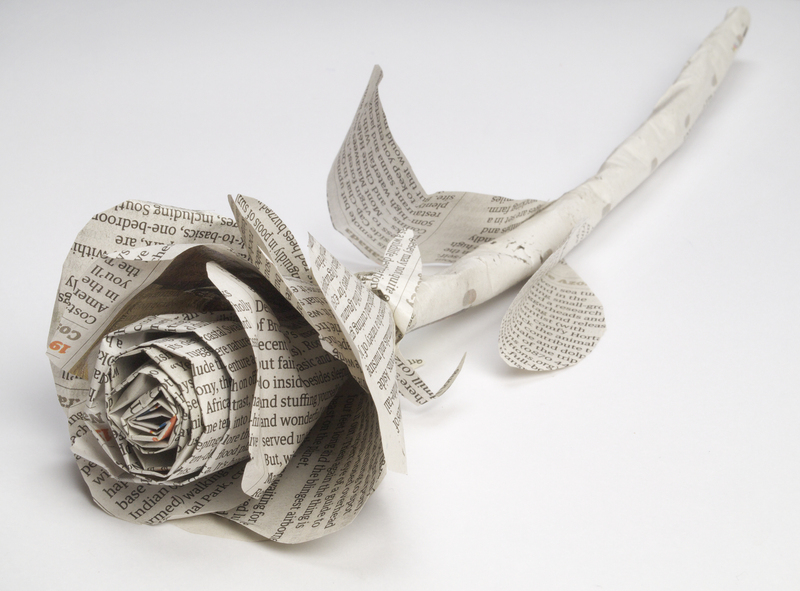Tackle Plant Pot Disposal Like a Pro: Your Ultimate Guide
Are you a passionate gardener or a houseplant enthusiast who finds yourself surrounded by unused plant pots piling up in the garage or garden shed? It's a common issue that sneaks up on even the greenest of thumbs. Knowing how to **dispose of plant pots responsibly** is crucial for both the environment and the tidiness of your space. In this in-depth guide, we explore everything you need to know to tackle plant pot disposal like a pro--from recycling to creative repurposing!
Why Responsible Plant Pot Disposal Matters
Many of us might not give a second thought to tossing an old plastic pot into the garbage, but those seemingly small decisions can have significant consequences. Disposing of plant pots properly is important for several reasons:
- Environmental impact: Many plant pots are made from plastics that take hundreds of years to decompose in landfills.
- Recycling opportunities: Proper disposal ensures recyclable materials don't go to waste.
- Reducing clutter: Less mess in your shed or garage leads to a more efficient and enjoyable gardening experience.
- Resource conservation: Repurposing or recycling pots saves resources and energy involved in producing new containers.

Understanding the Types of Plant Pots and Their Disposal Needs
Before you can tackle plant pot disposal efficiently, it's vital to identify what type of material your pots are made from. Different materials require different disposal methods.
Plastic Plant Pots
- Most common and often recyclable--but not everywhere!
- Check for recycling codes (typically on the bottom)
Terracotta and Clay Pots
- Made from natural clay, but not always accepted in curbside recycling
- Can break down naturally but last a long time
Ceramic Plant Pots
- Decorative, often glazed, and rarely recyclable
- Best candidates for repurposing projects
Biodegradable and Peat Pots
- Designed to decompose in soil--perfect for eco-friendly gardeners!
- Can be thrown straight into compost bins
Top 7 Ways to Tackle Plant Pot Disposal Like a Pro
Ready to master the art of responsible plant pot disposal? Here are seven proven strategies that will help you keep both your garden and the environment happy:
1. Recycle Your Plastic Pots (When Possible)
Most plastic plant containers are made from types of plastic that can be recycled, but acceptability varies depending on your local recycling program.
- Check for a recycling code--typically #2 (HDPE) or #5 (PP).
- Remove all soil, plant material, and labels before recycling.
- Call your local recycling center to confirm what's accepted.
- Some garden centers run pot recycling programs for their customers.
2. Donate to Nurseries, Schools, or Community Gardens
Many gardening groups, schools, or local nurseries are happy to accept used plant pots for reuse. Donating is a fantastic way to prolong the life of these containers and support your community at the same time.
- Contact community gardens or school gardening clubs.
- List your pots on local giveaway platforms or forums.
- Clean and organize the pots for easier acceptance.
3. Repurpose Plant Pots Creatively
Don't let old plant pots go to waste--unleash your creativity! There are countless ways to give new life to containers:
- Organize your tools and small items in the garage or shed.
- Use as seed starter pots for your next planting season.
- Paint or decorate for use as quirky home decor or storage bins.
- Build a DIY vertical garden or hanging planter display.
4. Upcycle Terracotta and Ceramic Pots
Broken or chipped terracotta and ceramic pots can still serve a purpose:
- Break them into smaller pieces for drainage material in other pots.
- Use shards to mulch your garden beds or line flower beds.
- Create stepping stones or mosaics for your garden paths.
5. Compost Biodegradable Pots
If you use biodegradable plant pots, disposal couldn't be simpler! These eco-friendly pots are designed to break down naturally:
- Remove any plastic tags, labels, or non-compostable elements.
- Toss them straight into your compost bin or pile with food and yard waste.
- Alternatively, plant them directly into the ground--they'll decompose and enrich the soil.
6. Return Pots to Retailers for Reuse
Many garden centers and nurseries now offer take-back programs for used pots:
- Ask your favorite gardening store if they accept used pots for repotting and resale.
- Some brands or stores partner with recycling companies to ensure proper disposal.
- Bring in clean, sorted pots to maximize acceptance.
7. Dispose of Non-Recyclables Responsibly
If all else fails, and your pots aren't recyclable or reusable, dispose of them properly:
- Terracotta and broken ceramics can often be included in rubble or hardcore waste at your local waste facility.
- Plastic pots that can't be recycled should be bagged and sent to landfill as a last resort.
- Avoid burning plastic pots, as it releases toxic fumes!
How to Clean Plant Pots Before Disposing
Whether you're planning to recycle, donate, or repurpose your plant pots, cleaning is a critical first step. Soil, organic matter, and chemicals can all impede the recycling process and spread pests or diseases. Here's how to get your pots ready for their next life:
- Remove all soil and plant remnants. A stiff brush works well!
- Soak pots in a diluted bleach solution (1 part bleach to 9 parts water) for 10 minutes to disinfect, especially if reusing.
- Rinse thoroughly with water and air dry.
- Stack or organize by size to save space and make transportation easier.
Sustainable Alternatives: Reducing Future Pot Waste
While learning how to dispose of plant pots is essential, the most effective strategy is to reduce waste at the source. Here are some eco-conscious choices you can make:
- Opt for biodegradable pots made from coir, peat, or recycled paper when starting new plants.
- Choose nurseries that use minimal packaging and recyclable containers.
- Purchase plants "bare-root" when possible, avoiding plastic pots entirely.
- Reuse pots as much as you can before disposing of them.
- Encourage local garden centers to implement or expand pot return programs.

FAQ: Tackling Plant Pot Disposal Like a Pro
- Can all plant pots be recycled?
No. Only certain plastics--usually marked #2, #4 or #5--are widely recyclable. Terracotta and ceramics are rarely accepted in curbside recycling. Always check local guidelines! - Can plant pots go in the compost?
Only biodegradable pots, such as those made from peat, paper, or coconut coir, can safely be composted. Avoid composting plastics or ceramics. - What do I do with broken plant pots?
Shards from terracotta, clay, or ceramic pots can be used for garden drainage or creative garden art. Broken plastic pots should be recycled if accepted; otherwise, dispose of them with your regular trash. - Is it safe to donate pots that held diseased plants?
No. Always clean and disinfect pots before donating; consider disposing of pots that had severe plant diseases to prevent spread.
Final Thoughts: Make Plant Pot Disposal Part of Your Sustainable Gardening Routine
Disposing of your old plant pots responsibly may take a little extra effort, but the impact it has on your garden and the planet is well worth it. By recycling, reusing, and repurposing, you'll dramatically reduce landfill waste and help foster a greener community.
The next time you find yourself awash in spare containers, remember these tips to tackle plant pot disposal like a pro. Clean out your shed, help out a neighbor, or unleash your creativity with a DIY project. Whichever path you choose, your plants, your garden, and the Earth will thank you!
Resources for Responsible Plant Pot Disposal
- Contact your local waste or recycling authority for specific guidelines.
- Check garden center websites for pot return and recycling programs.
- Get creative inspiration on social media gardening communities.
Be the sustainable gardener who inspires others--start with plant pot disposal!